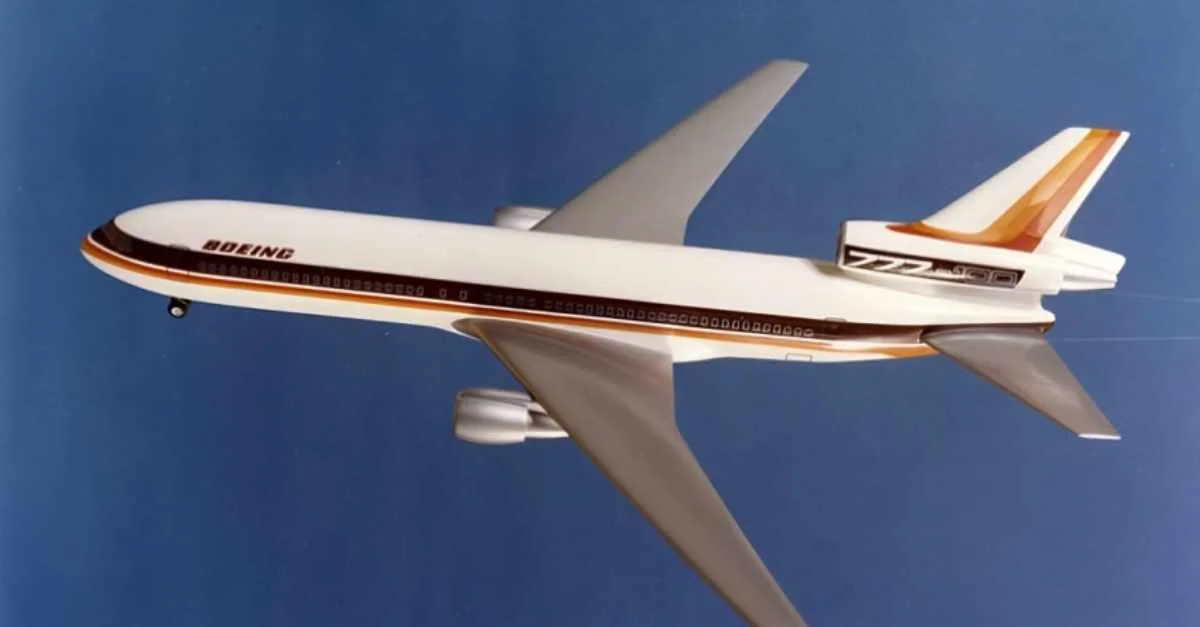On long flights, the choice between a window seat and an aisle seat is a matter of personal preference, each offering its own set of advantages and disadvantages.
Window seats provide passengers with unparalleled views of the skies, an experience particularly cherished by aviation enthusiasts who enjoy photographing the Earth, aircraft wings, and engines. Additionally, sitting by the window means less disturbance from aisle traffic, including cabin crew and fellow passengers moving about. The wall also offers a place to rest one's head, potentially making it easier to sleep despite limited seat recline.
However, window seats come with significant drawbacks. Passengers have restricted freedom of movement and must navigate past their seatmates to access the aisle—a challenge exacerbated on aircraft like the Boeing 777, Airbus A350, and Boeing 787 which feature three-seat configurations by the windows. Furthermore, some window seats may lack actual windows due to misaligned configurations.
 Alerts Sign-up
Alerts Sign-up
























